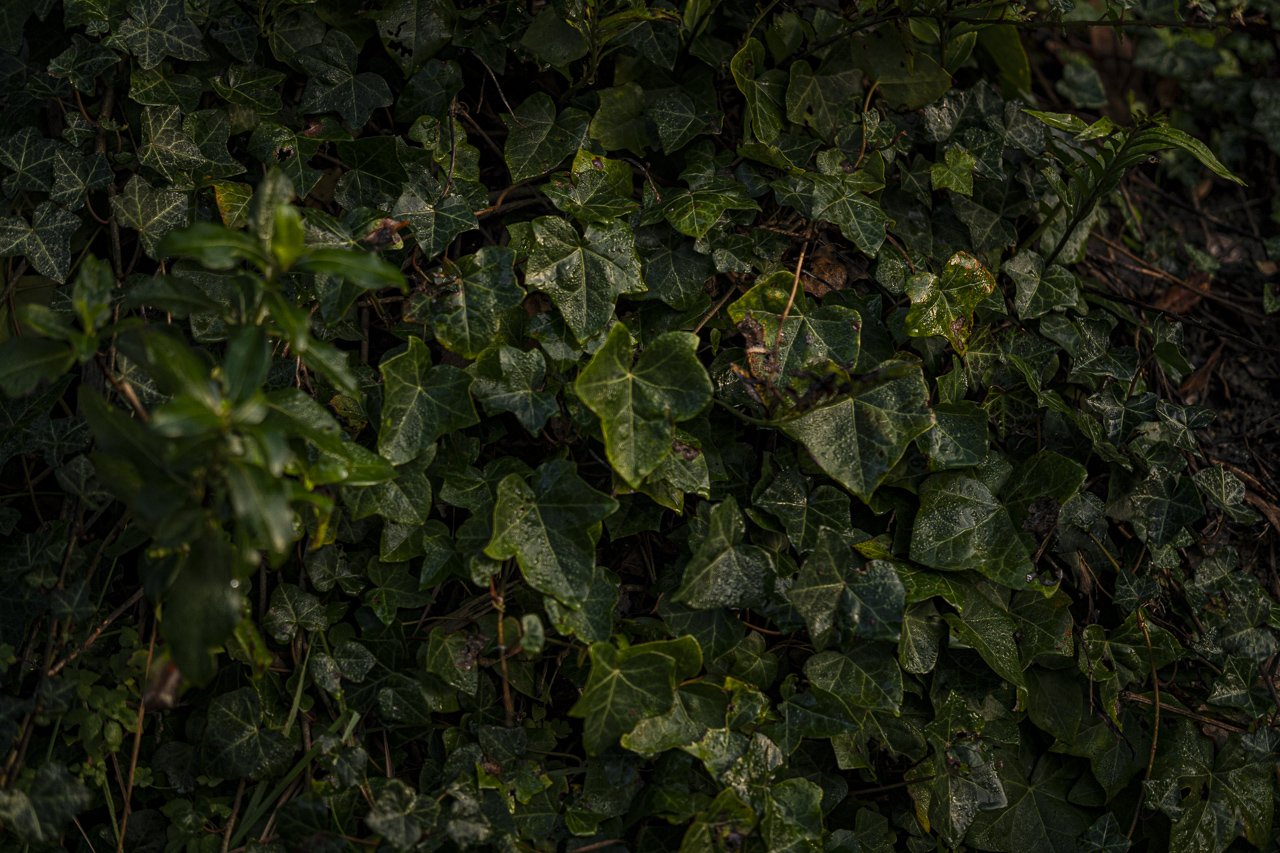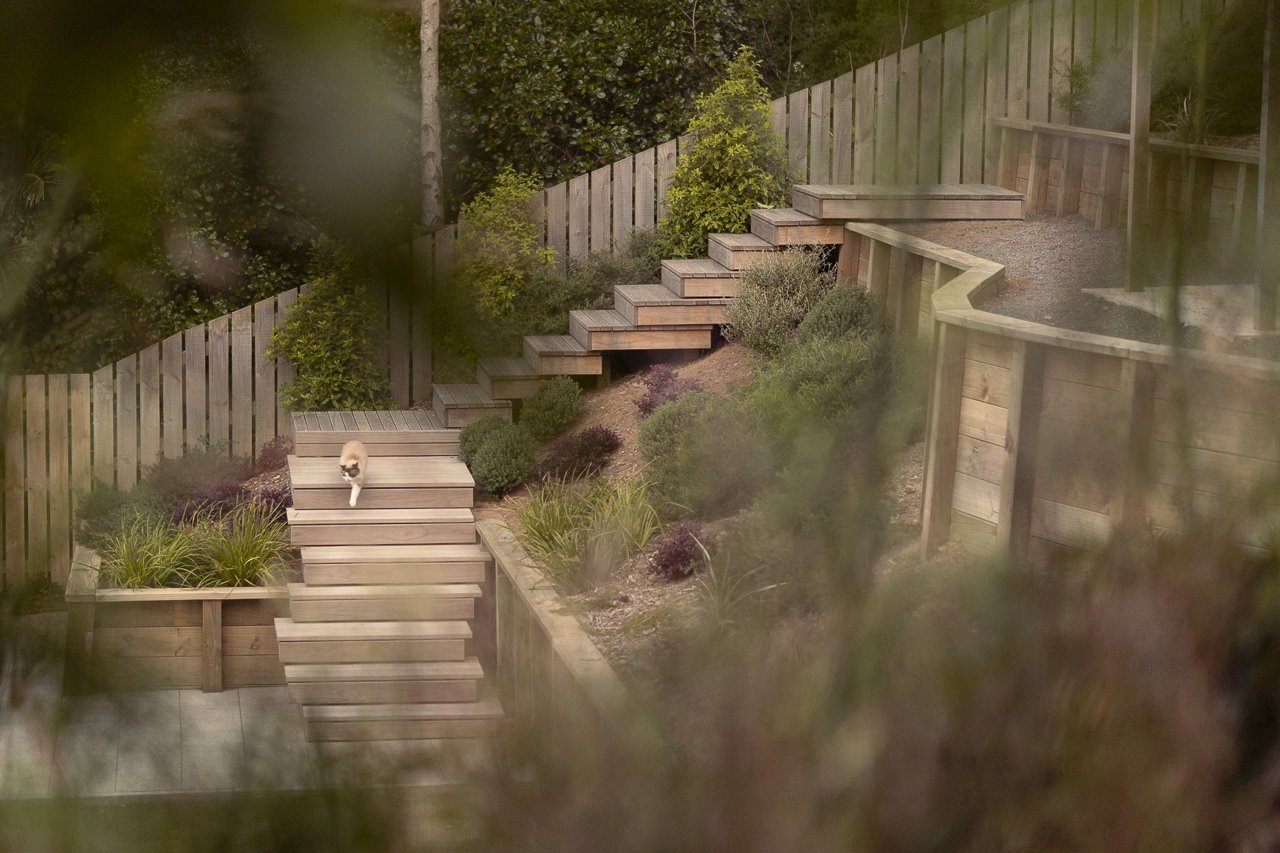
How do you know if you need a landscaper, designer or gardener?
Understanding the nuances of the construction and landscaping industries can be difficult at the best of times. When it comes to improving your outdoor space, how do you know if you need a landscaper, designer or gardener?
It is commonplace for homeowners to find themselves stuck in a jargon-rut before they’ve even thought about finding a suitable tradie to carry out their landscaping improvements.
Consider this scenario:
Bill and Betty glance longingly through their kitchen window at the sunlit but sadly neglected back yard. They each grab their coffee and toast and head back to the gloomy sitting room, wishing they could instead magically transport themselves through a nonexistent door, to a nonexistent deck, surrounded by beautiful nonexistent gardens to soak up the warm morning rays.
The backyard had been abandoned three winters ago, when the uneven ground and laborious garden beds finally got the better of them. Anyway, what’s the point in mowing and weeding an area that requires crampons to access?
They decide then and there that this would be the year they finally do something about their outdoor space. But where to start? Betty googles builders and starts dialling. Four don’t provide phone numbers, three don’t answer their phones, the one that does answer is rude and accidentally hangs up on Betty. She tries gardeners instead and finally gets through to one who informs Betty her project is outside their scope.
Disheartened and frustrated, Betty calls her uncle Fred, a retired builder, for advice. Fred explains to Betty what she’ll need, but it sounds like he’s speaking another language. She catches something about “drawings … council … building consent … resource consent … joiners … lintels … code of compliance … boundaries … deck bearers … site coverage … height restrictions … LBPs … safety rails … encroachments … retaining walls … structural … irrigation … drainage … water tightness …”
If this all sounds familiar to you, you’re not alone!
Thankfully Fred eventually sensed Betty’s confusion and advised her to find an experienced landscaper competent enough to manage the entire process.
Once you’ve identified the need to address your landscaping, the next step is to engage the appropriate service providers to carry out the necessary work.
But where do you even start?
Design
Design is always the first step, regardless of the size or nature of your project. You need to have an idea of what you want your end result to look like.
If your project is small or straight forward like a new fence, the design step can be as simple as deciding what you’d like your new fence to look like and where it should go. You can do this yourself, saving you the time and expense of a designer.
If your project is more complex, has multiple elements, or you’re stumped for ideas, you’ll need a professional landscape designer. There are many advantages to letting the professionals design your outdoor space for you. They’ll be able to work to your budget, know what’s possible and practical, have the experience to incorporate elements you may not have thought about (lighting, drainage, shelter, shade, future proofing, etc.) and produce a planting plan.
Now that you’ve completed your design, it’s time to figure out who you need to hire to help you implement it.
Soft landscaping
If your design only requires soft landscaping (softscaping), call a gardener. The term soft landscaping is used to describe the process of working with natural materials and other landscape elements that do not involve construction. This includes turf/lawns, trees, hedges, shrubs, weeding, establishing new gardens, gorse control and so on.
If you have large trees to prune or remove, we recommend you call an arborist.
If your design involves both soft and hard landscaping, a good landscaper should be able to do both.
Hard landscaping
If your design requires hard landscaping, you’ll need a landscaper. The term hard landscaping is used to describe the non-plant material used in landscaping, such as retaining walls, pavers, concrete, driveways, walkways, decking, steps, fences, block walls and so on.
If your hard landscaping requires consent from your Council, a competent and experienced landscaper will be able organise and manage this process for you.
Full service landscapers
Some of the more experienced landscaping companies (like Scapegoats) can offer full service landscaping. Their team will include an in-house landscape designer, a consulting engineer, a project manager, a team of landscapers experienced in working on consented structures and general landscaping, a horticulturalist or plant specialist, a consulting plumber or drainage specialist, a consulting electrician or lighting specialist and a concrete specialist. They will also have experience with working through the Councils’ consenting processes.
See how we use these tips in our projects
-

driveway | lawns | gardens | fences | ...
Lyall Bay
-

decks | fences | pergola | ...
Island Bay
-

steps | pergola | paving | ...
Miramar
-

fences | lawns | gardens | deck | ...
Karori
Design catalogue
Find inspiration for your landscaping project, or explore your options for how we can bring your domain to life.














